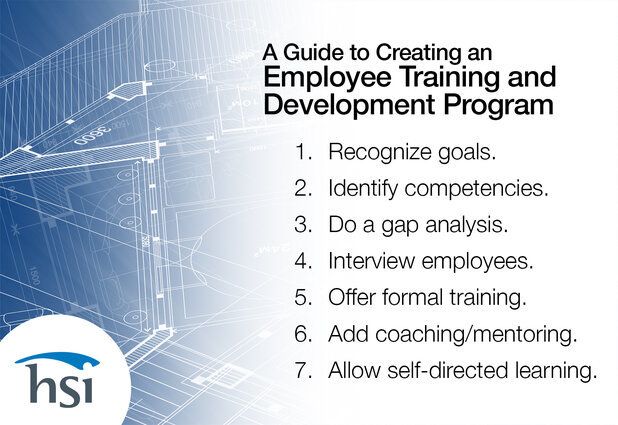Modern companies operating in the rapidly evolving tech industry understand the critical importance of employee training and development programs. In this fast-paced digital world, where new technologies emerge regularly, organizations must invest in equipping their workforce with the necessary skills and knowledge to stay ahead of the competition. Employee training and development programs not only enhance individual performance but also contribute to the overall success of the company.
The Need for Ongoing Training
In the tech industry, staying up-to-date with the latest innovations, tools, and frameworks is crucial for employees to remain competitive. Without continuous learning and development opportunities, technology professionals risk falling behind and becoming less effective in their roles. To foster growth and ensure longevity in this dynamic field, companies must invest in ongoing training initiatives.
Benefits of Employee Training and Development Programs
Implementing effective employee training and development programs yield numerous benefits for both the individuals and the organization as a whole:
Skills Enhancement: Training programs help employees acquire new skills and improve existing ones, enabling them to tackle complex challenges and adapt to changing technological landscapes.
Increased Productivity: Well-trained employees are more efficient and can optimize their workflows, resulting in increased productivity and improved output quality.
Retention and Motivation: Offering training opportunities demonstrates a commitment to employee growth, leading to higher job satisfaction, increased employee engagement, and greater loyalty to the organization.
Enhanced Innovation: Training programs foster creativity and inspire employees to think outside the box, encouraging innovative problem-solving and strategic thinking.
Adaptability: In the rapidly changing tech landscape, employees need to adapt quickly to new technologies. Training programs help develop a culture of adaptability and agility, enabling organizations to keep up with industry advancements.
Identifying and Filling Skill Gaps: Through thorough training and development programs, companies can identify skill gaps within their workforce and take appropriate actions to address those gaps, ensuring a capable and well-rounded team.
Successful Implementation Strategies
Implementing effective employee training and development programs requires careful planning and execution. Here are some key strategies to consider:
Identify Specific Learning Objectives: Determine the core skills and knowledge areas that need improvement within your organization. This will help tailor training programs to address specific needs.
Provide Diverse Learning Methods: Utilize various training techniques, such as workshops, e-learning platforms, mentoring, or conferences, to cater to different learning styles and preferences.
Encourage Continuous Learning: Develop a culture that values ongoing learning and encourages employees to seek out opportunities for professional development. This can be achieved by offering incentives, recognition, or career growth opportunities.
Monitor and Evaluate: Regularly assess the effectiveness of training programs to identify areas of improvement and ensure alignment with organizational goals.
Embrace Technology: Leverage technological advancements in e-learning platforms, virtual training tools, and AI-based learning systems to enhance the training experience and provide flexibility for remote employees.
Conclusion
Investing in employee training and development programs is a strategic move for any tech organization. It empowers employees, boosts productivity, enhances innovation, and contributes to overall success. By implementing these programs and following effective strategies, companies can stay ahead in this rapidly evolving industry while fostering a culture of continuous growth and success.

